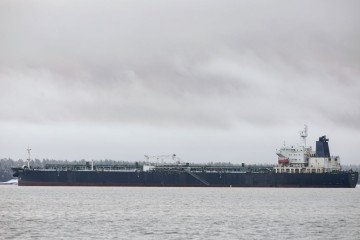The United Kingdom has begun negotiations with the United States to acquire F-35A fighter jets capable of carrying B61-12 tactical nuclear bombs, The Times reported on May 31.
The move, reportedly approved by Prime Minister Keir Starmer, marks the most significant shift in Britain’s nuclear deterrent posture since the Cold War.
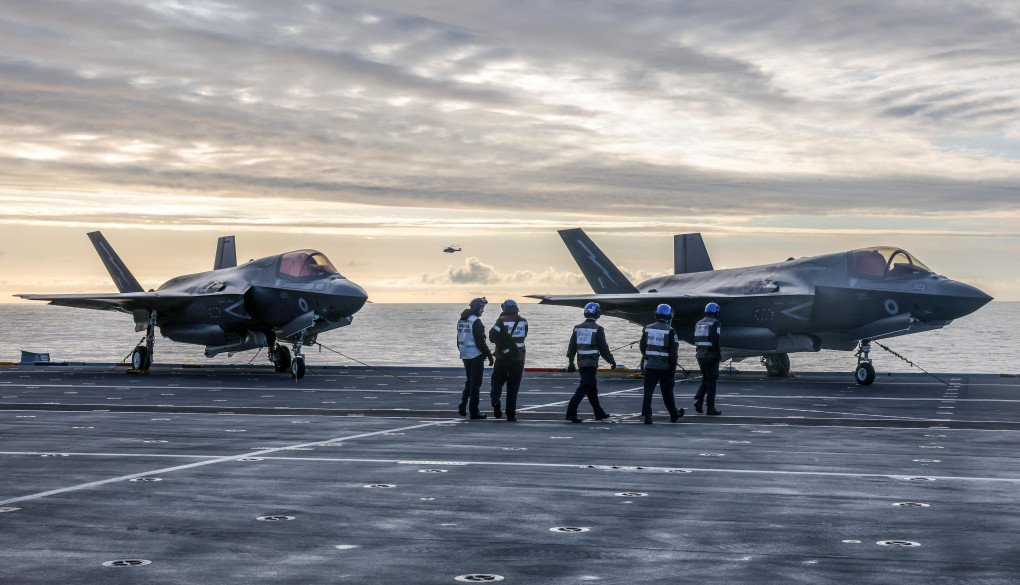
According to the report, the decision was driven by growing concerns over the threat posed by Russia and the evolving nature of global security risks.
While the UK has already purchased 48 F-35B stealth jets for use aboard its two Royal Navy aircraft carriers—with 47 delivered so far—the F-35A offers greater operational range and nuclear capability.
The F-35A Lightning II has a combat radius of approximately 1,400 kilometers and can be deployed directly to forward operating locations.
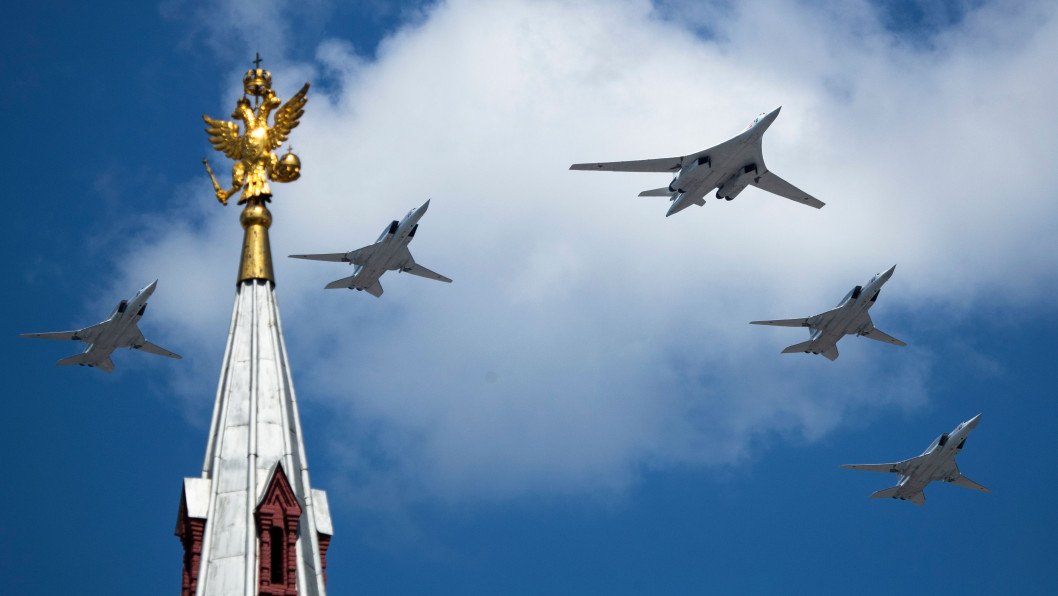
This would give the UK a flexible nuclear strike option in scenarios that fall short of full-scale war—an operational capability Britain currently lacks. The F-35A jets are expected to partially replace the Royal Air Force’s Eurofighter Typhoons, 49 of which are slated for retirement.
Though UK Defense Secretary John Healey declined to comment on the F-35A procurement talks, he acknowledged the changing threat environment.
-a163287344d111be7286b1d419b901a9.png)
“The world is definitely becoming more dangerous. Nuclear risks are growing. And for the first time since the end of the Cold War, we are facing real threats of inter-state conflict,” Healey said.
Britain’s nuclear deterrent is currently based exclusively on four Vanguard-class submarines equipped with Trident missiles. The potential addition of a tactical nuclear air component would diversify and modernize the country’s nuclear posture.
The UK’s move follows reports in December that the US plans to station tactical nuclear weapons at RAF Lakenheath in Suffolk within the coming years.
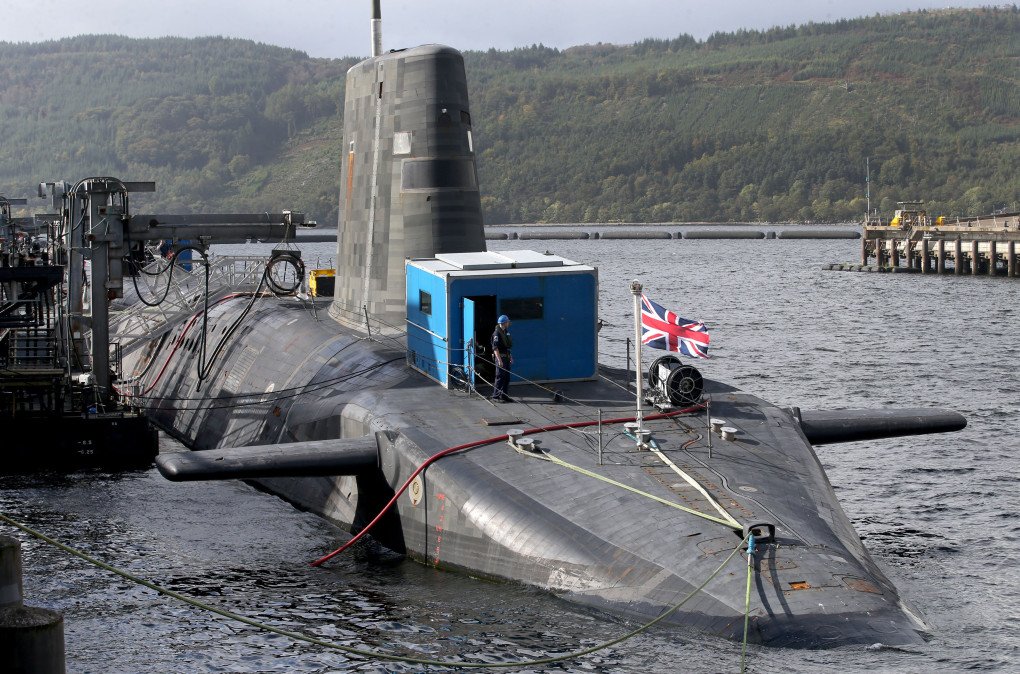
In addition to nuclear modernization, the British government is investing £6 billion ($8.1 billion) to expand its munitions production. Of that, £1.5 billion will go toward building six new military factories, expected to create around 1,000 jobs. The Royal Navy also plans to boost its fleet of destroyers and frigates from 14 to 25 vessels.
Earlier, a Russian spy ship was spotted near a UK nuclear submarine base after major NATO drills.
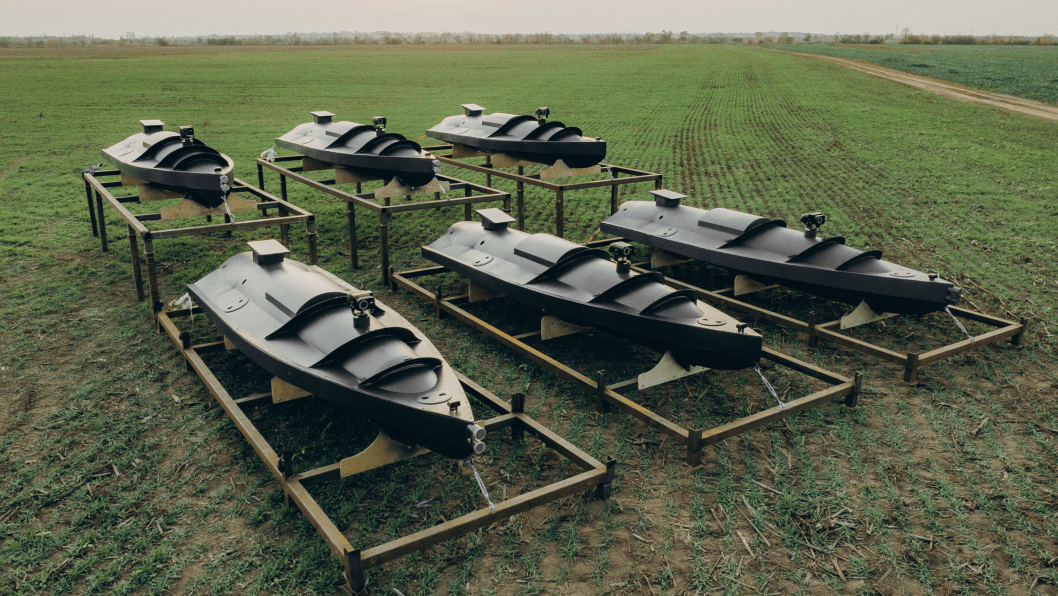

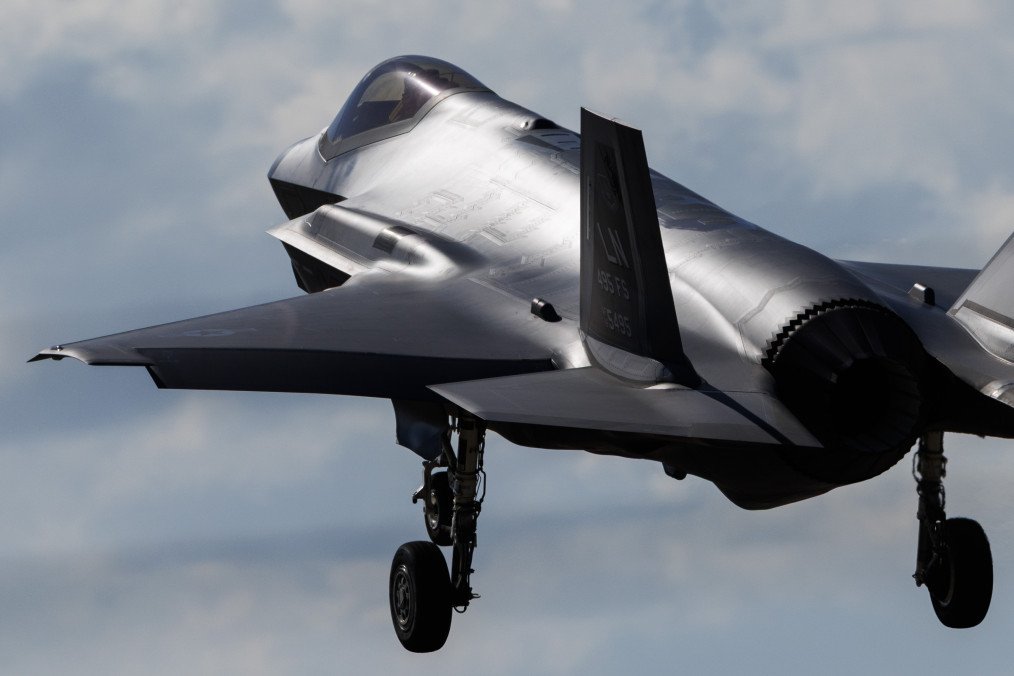

-72b63a4e0c8c475ad81fe3eed3f63729.jpeg)


